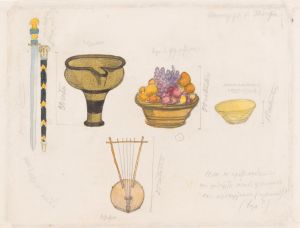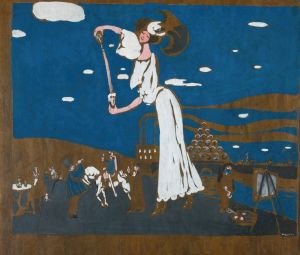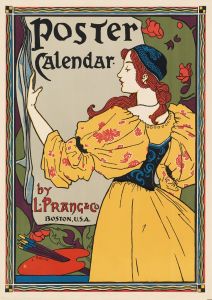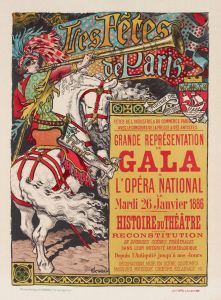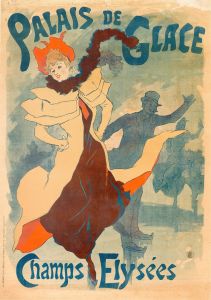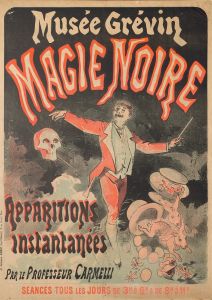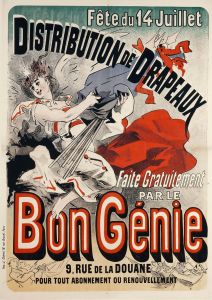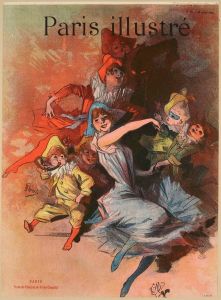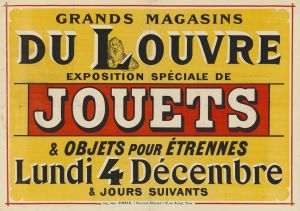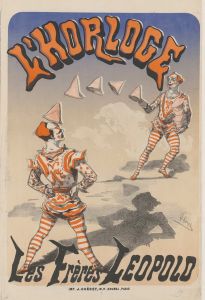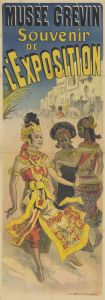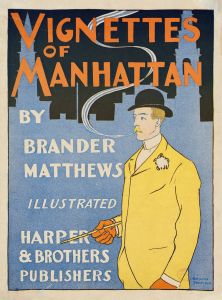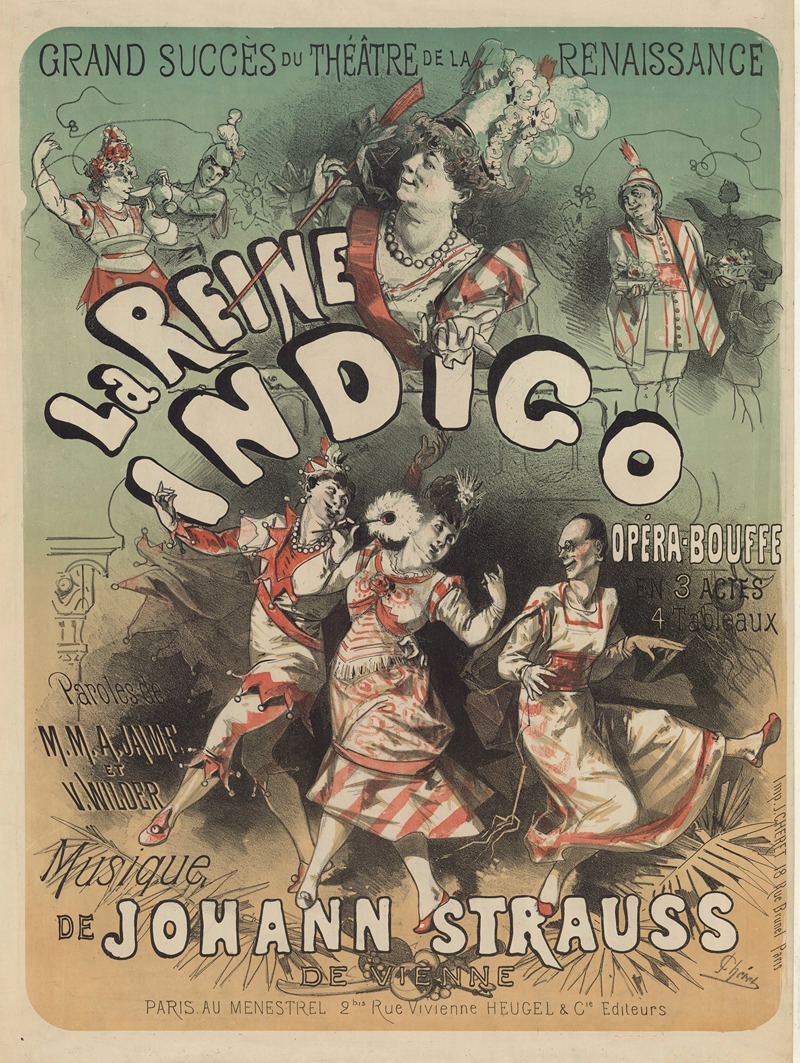
Théâtre de la Renaissance. La Reine Indigo
A hand-painted replica of Jules Chéret’s masterpiece Théâtre de la Renaissance. La Reine Indigo, meticulously crafted by professional artists to capture the true essence of the original. Each piece is created with museum-quality canvas and rare mineral pigments, carefully painted by experienced artists with delicate brushstrokes and rich, layered colors to perfectly recreate the texture of the original artwork. Unlike machine-printed reproductions, this hand-painted version brings the painting to life, infused with the artist’s emotions and skill in every stroke. Whether for personal collection or home decoration, it instantly elevates the artistic atmosphere of any space.
Théâtre de la Renaissance. La Reine Indigo is a poster created by the French artist Jules Chéret in 1882. Jules Chéret (1836–1932) is widely regarded as a pioneer of modern poster art and is often referred to as the "father of the modern poster." His work played a significant role in transforming the medium of posters into a respected art form during the late 19th century.
This particular poster was designed to promote the operetta La Reine Indigo (The Indigo Queen), which was performed at the Théâtre de la Renaissance in Paris. The Théâtre de la Renaissance, established in 1838, was a prominent venue for theatrical productions, particularly operettas and plays. La Reine Indigo was composed by Jacques Offenbach, a renowned composer of operettas, with a libretto by Ludovic Halévy and Hector Crémieux. The operetta originally premiered in 1875, but the 1882 production at the Théâtre de la Renaissance marked a revival of the work.
Chéret's poster for La Reine Indigo exemplifies his signature style, which combined vibrant colors, dynamic compositions, and elegant typography. The artwork features a central female figure, likely representing the titular Indigo Queen, surrounded by decorative elements and lively imagery that reflect the whimsical and fantastical nature of the operetta. Chéret's use of lithographic printing techniques allowed for the production of richly colored and visually striking posters, which were highly effective in capturing the attention of passersby and promoting theatrical events.
During the late 19th century, Paris experienced a flourishing of the poster as an art form, with artists like Chéret leading the way. His work not only advertised cultural events but also contributed to the visual culture of the city, with his posters often displayed prominently on walls and kiosks. Chéret's influence extended beyond France, inspiring other artists and shaping the development of graphic design and advertising in Europe and beyond.
The poster for La Reine Indigo is now considered a classic example of Chéret's artistry and the broader Belle Époque poster movement. Today, it is appreciated both as a historical artifact and as a work of art, reflecting the vibrant cultural life of 19th-century Paris and the innovative spirit of its artists.





